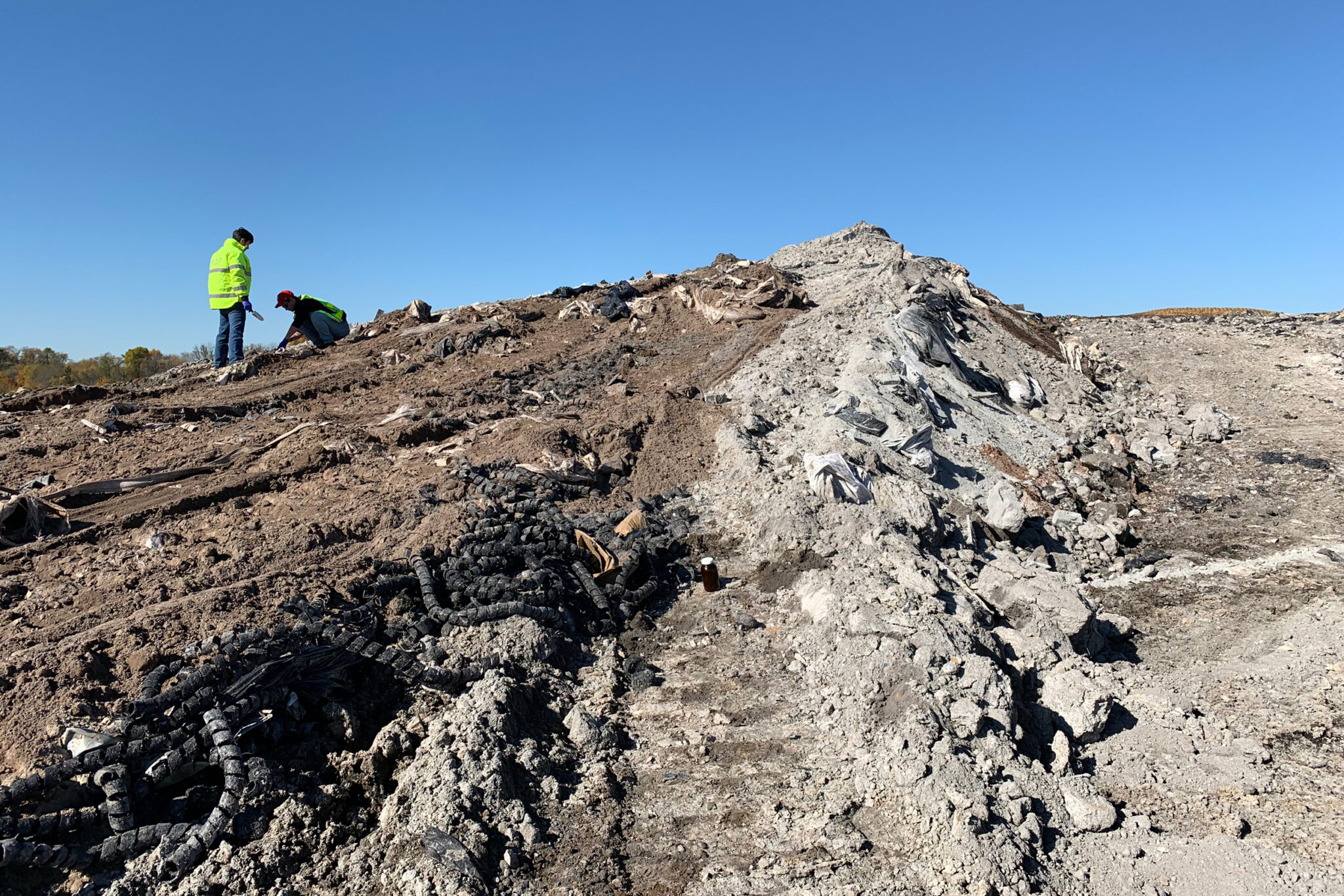Environmental Shield Under Siege: How Trump and the Supreme Court Might Dismantle America's Green Legal Landmark
Environment
2025-04-07 18:00:00Content

The National Environmental Policy Act (NEPA) has long been a cornerstone of environmental transparency, requiring federal agencies to carefully evaluate and disclose the potential environmental consequences of major projects. This crucial law empowers citizens by ensuring public participation in critical decision-making processes that could impact local ecosystems and communities.
However, recent developments under the Trump administration and a significant Supreme Court ruling threaten to undermine NEPA's fundamental protections. These changes could potentially reduce the depth of environmental impact assessments and limit the public's ability to scrutinize and challenge large-scale federal projects.
The proposed modifications risk creating a less transparent framework, potentially allowing projects to move forward with reduced environmental oversight and diminished opportunities for community input. As environmental challenges become increasingly complex, weakening NEPA could have far-reaching consequences for environmental conservation and public engagement in infrastructure and development decisions.
Environmental Transparency Under Siege: The Battle for NEPA's Soul
In the intricate landscape of environmental policy, the National Environmental Policy Act (NEPA) stands as a critical guardian of public transparency and ecological protection. As political winds shift and legal challenges mount, this foundational legislation finds itself at a crossroads, with potential transformations that could fundamentally alter its ability to safeguard our natural environment.Unraveling the Threads of Environmental Accountability
The Historical Significance of NEPA
The National Environmental Policy Act emerged as a groundbreaking legislative framework designed to ensure federal agencies comprehensively evaluate and disclose the environmental consequences of significant infrastructure and development projects. Enacted in 1970, NEPA represented a watershed moment in environmental governance, mandating rigorous environmental impact assessments and creating mechanisms for meaningful public participation. Unlike previous regulatory approaches, NEPA introduced a revolutionary concept of transparency, requiring government agencies to conduct thorough environmental reviews before initiating major projects. This approach empowered citizens, environmental organizations, and stakeholders to understand and potentially challenge proposed developments that might compromise ecological integrity.Emerging Challenges to Environmental Oversight
Recent administrative and judicial interventions have cast long shadows over NEPA's robust framework. The Trump administration's regulatory modifications sought to streamline environmental review processes, potentially reducing the depth and comprehensiveness of environmental impact assessments. These changes threatened to diminish the act's fundamental purpose of comprehensive environmental evaluation. Simultaneously, judicial proceedings, particularly a consequential Supreme Court case, have raised fundamental questions about the scope and implementation of NEPA's provisions. Legal arguments have centered on the balance between administrative efficiency and comprehensive environmental protection, creating uncertainty about the act's future interpretative boundaries.Technological and Regulatory Innovations in Environmental Assessment
Modern environmental assessment demands sophisticated technological approaches. Advanced geospatial mapping, complex climate modeling, and artificial intelligence-driven predictive analytics are transforming how environmental impacts are understood and evaluated. These technological innovations offer unprecedented opportunities to enhance NEPA's implementation, providing more nuanced and comprehensive environmental impact assessments. Emerging methodologies enable more granular analysis of potential ecological disruptions, allowing policymakers and stakeholders to make more informed decisions. Machine learning algorithms can now process vast datasets, identifying subtle environmental interactions that might have been overlooked in traditional assessment frameworks.Public Participation and Democratic Engagement
NEPA's core philosophy extends beyond technical environmental assessment, embodying a profound commitment to democratic engagement. By mandating public comment periods and requiring transparent documentation, the act ensures that communities have meaningful opportunities to voice concerns about potential environmental disruptions. This participatory approach represents more than a procedural requirement; it's a fundamental mechanism for environmental democracy. Citizens can directly contribute to decision-making processes, challenging proposed projects and demanding comprehensive environmental considerations.Future Trajectories and Policy Recommendations
The ongoing evolution of NEPA demands proactive policy interventions. Recommendations include strengthening legislative protections, developing more robust technological assessment tools, and creating clearer guidelines for environmental impact evaluations. Policymakers must balance administrative efficiency with comprehensive environmental protection. Collaborative approaches involving environmental scientists, legal experts, technological innovators, and community stakeholders can help develop more resilient and adaptive environmental assessment frameworks. The goal should be creating a dynamic regulatory environment that can respond effectively to emerging ecological challenges.RELATED NEWS
Environment

Green Energy Showdown: Crypto Mining, Wind Turbines, and Wildlife Collide at State Capitol
2025-03-27 16:14:14
Environment

Toxic Shadows: Inside the Environmental Nightmare Consuming a Pennsylvania Town
2025-02-27 23:53:21
Environment

Green Light: EPA Clears Year-Round E15 Fuel, Boosting Ethanol Industry's Potential
2025-04-28 17:58:48





